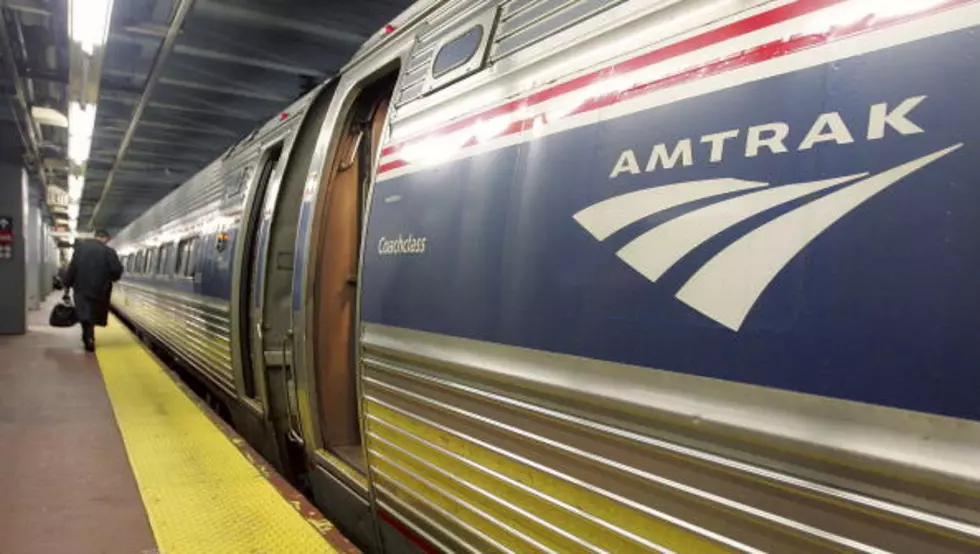
Texas Rail Crossing Deaths on the Rise
Here's some discouraging information released by the Associated Press concerning railroad crossings in Texas.
After having a significant decrease in fatalities over the past four years (20 deaths on average), it has been discovered that Texas is seeing a spike in train to vehicle related deaths (32 so far this year), and "watch doggers" are wondering if enough is being to done safely maintain the thousands of mile of track here in the state.
Reps for the "trains" say that mandates for safety at railroad crossings are in compliance with Federal oversight arrangements, however, critics contend that crossing arms should be deployed much quicker than the 20 second requirement, since trains today cruise at a higher rate of speed, and the initial enforcement criteria should be changed immediately.
My advice would not be to wait until some Federal mandate becomes accepted, so be ever so cautious when approaching railroad crossings. While blame is being discussed, the onus of not getting hurt or worse, is ultimately up to us as individuals.
When approaching a railroad crossing, especially in a rural setting, make darn sure you can see both ways down the track before you cross the tracks, and if not, then come to a complete stop, if possible. And, don't ever try and "make" the crossing after the red lights flash and the signal arms are going down.
Growing up, I lived in a community that hosted lots of freight train activity. Tim sometimes said the trains made him late for class, and one day he would be "up for a challenge". He simply underestimated the principles of collision force physics, when the 45 car locomotive dragged him 150 yards down the track on his 18th birthday. In this case, witnesses to the "accident" told the Sheriff's department that he simply drove around the crossing gate, just as the train approached the intersection. He lost the challenge, and I lost a good buddy.
Remember, a train going 55 miles per hour, may take at least one mile to completely stop.



